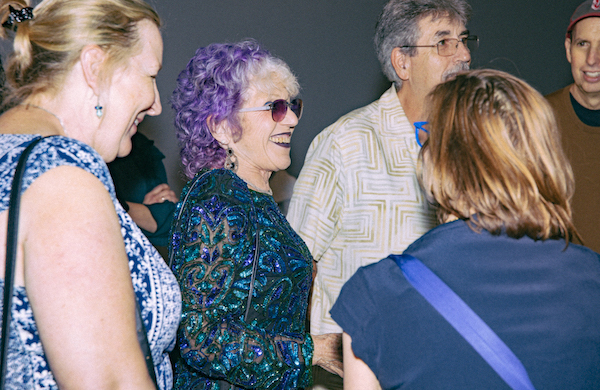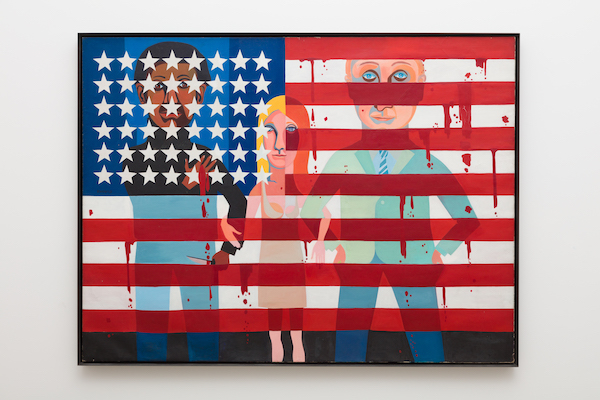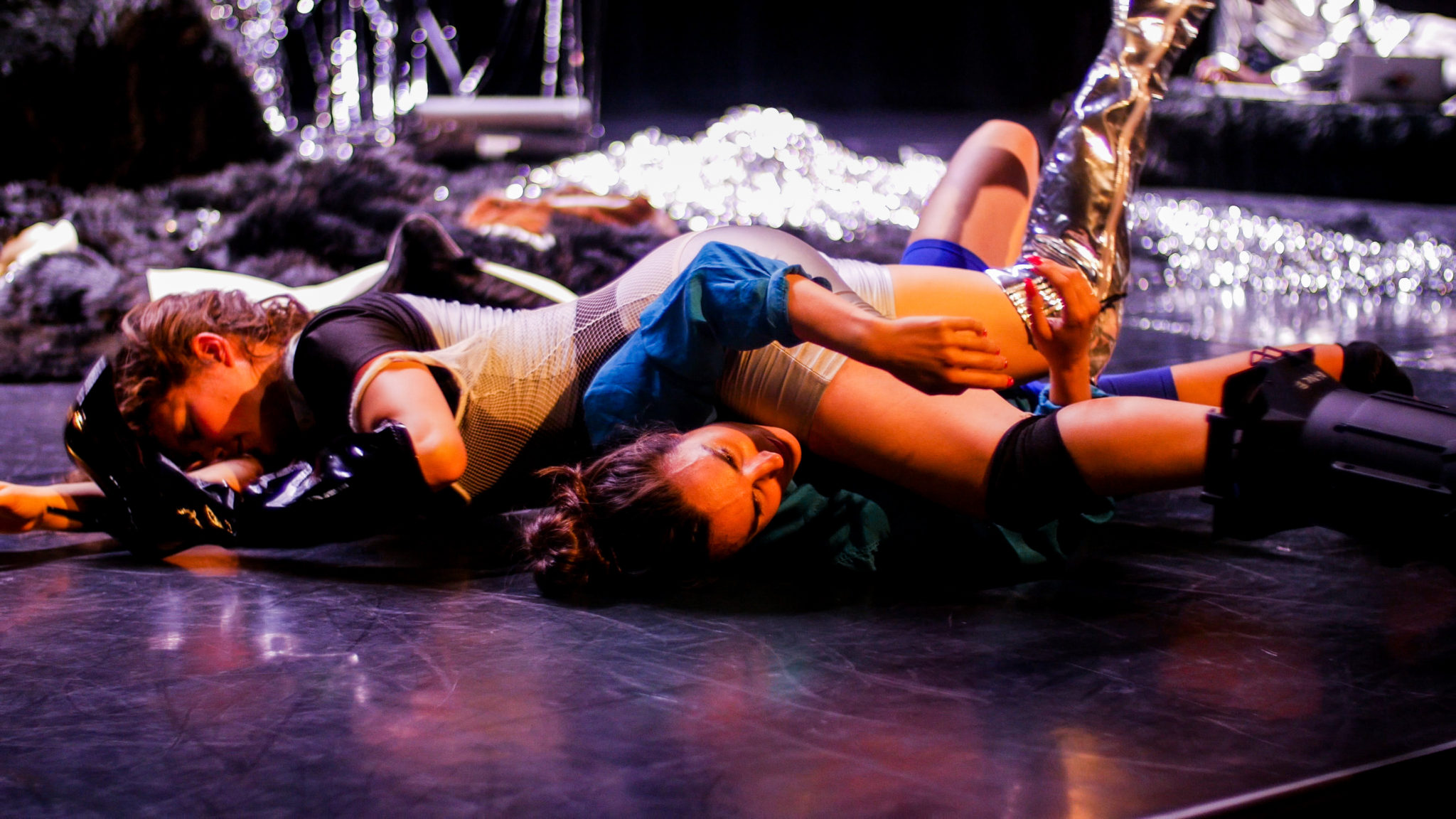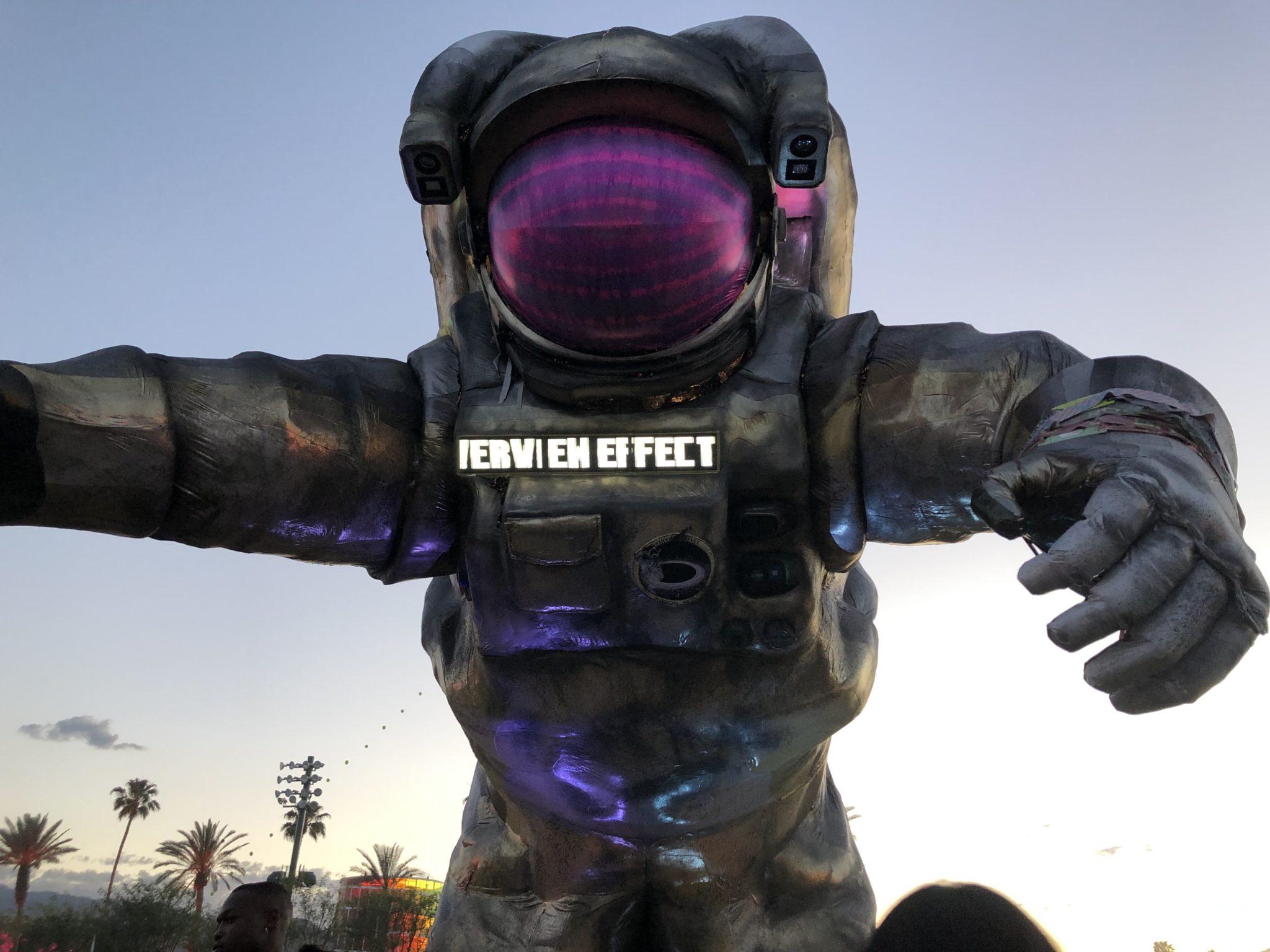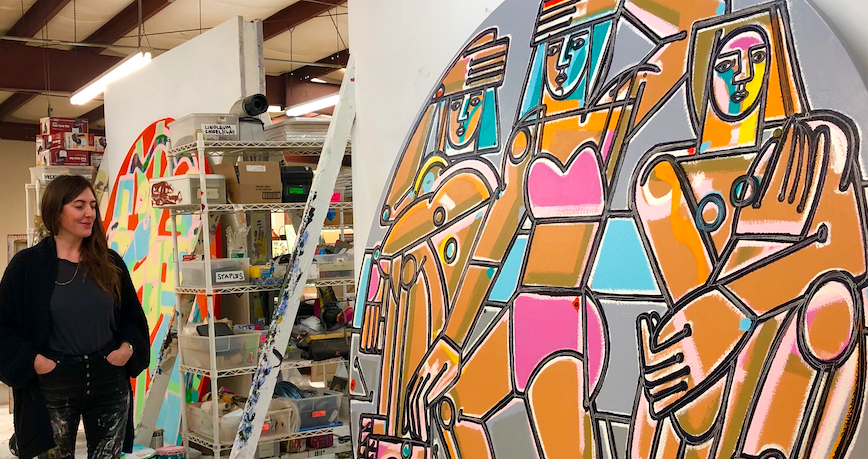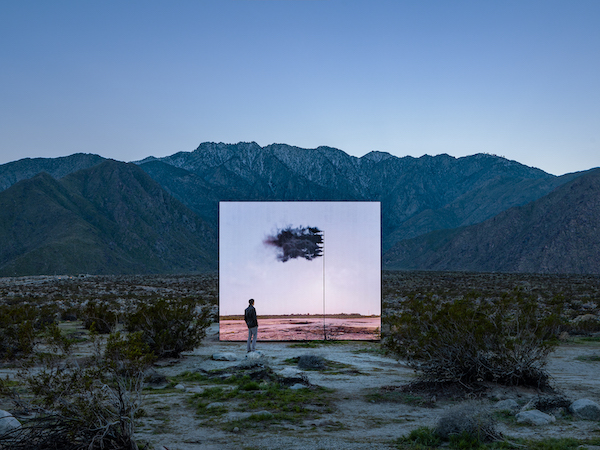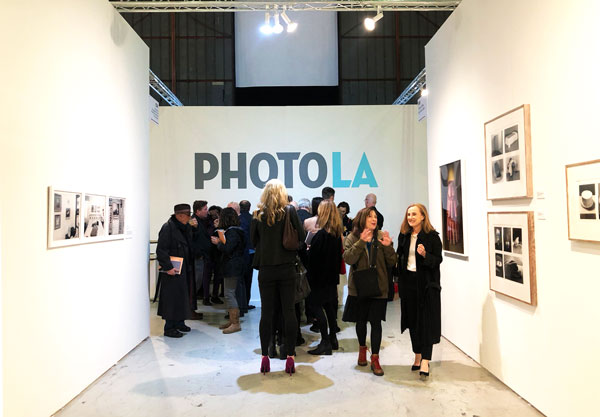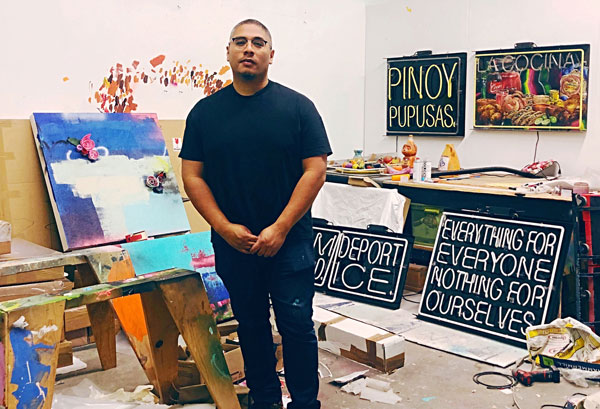Last Saturday, the hottest gallery opening taking place was at Jeffrey Deitch, Los Angeles for the opening of Judy Chicago: Los Angeles. This exhibition presents a largely unseen body of early work, reminding us that about 50 years ago Chicago spent the good part of a...
